Two Redfish Orlando Fishing Report
Yes, we did fish this week, three days. No, we did not catch a lot of fish. We got a total of two redfish, thus the Two Redfish Orlando Fishing report.
Upcoming Events
-Space Coast Birding and Wildlife Festival- the largest birding and wildlife festival in the United States! January 20-25 at Eastern Florida State College – Titusville campus, 1311 North US 1, Titusville. http://www.spacecoastbirdingandwildlifefestival.org
-Brevard County Oyster Restoration- the Brevard Oyster Restoration Project has an ongoing need for volunteers. If you care about the health of the Indian River Lagoon, this is a way to show it. Nothing we can do for water quality in the lagoon will be more valuable then restoring water filtration into this ecosystem. I’m signed up for January 15, and hope to see some of you there. http://brevardoystergardens.org/volunteer/?sheet_id=24
A GREAT Idea- You know about electricity, but what about ‘hydricity?’
The new word in solar energy is “hydricity.”
An international team of scientists has come up with a way that can make solar power a 24-hour, seven-day-a-week energy source: Combining the power of the sun with clean-burning hydrogen fuel.
Hydricity combines hydrogen production with a solar thermal power plant’s utility-scale electricity production. During the day excess electricity is used to produce hydrogen by running an electric current through water.
The hydrogen that is produced during the day would be used at night to produce electricity through highly efficient fuel cells that emit water vapor. The technology would be crucial for countries looking to increase reliance on solar energy in the wake of last week’s climate deal in Paris.
The scientists, from Purdue University and Switzerland’s Federal Polytechnic School of Lausanne, say the process they are pitching can produce hydrogen at an efficiency of 50 percent and electricity at an unprecedented 46 percent efficiency.
“The concept provides an exciting opportunity to envision and create a sustainable economy to meet all the human needs including food, chemicals, transportation, heating and electricity,” said Rakesh Agrawal from Purdue. “Traditionally, electricity production and hydrogen production have been studied in isolation, and what we have done is synergistically integrate these processes while also improving them.”
The group’s work has been published in Proceedings of the National Academy of Sciences. I hope it works!
——————
Clean Water
It’s incredibly sad that I am the only fishing guide in Florida to have signed this letter… Where are my colleagues on this???
—————–
Another Blogger
Not to be outdone by me, Mike Conneen has published a real nice blog about our trip to Louisiana, at this link…
—————–
Fishing!
In spite of the fact the gauge read 1.6 I tried kayak fishing again in Mosquito Lagoon on Tuesday. Within the first ten minutes I saw fin tips barely breaking the surface right against the shoreline. I dropped the fly (the same Bouncer Fly I was using last week) in front of him and twitched it once. The fish struck so hard it pulled the rod out of my hand, something that has never happened to me before.
I got it anyway! Never panic! It was a handsome redfish, seven or eight pounds. No photos- the world does not need more selfies of me with a redfish, at least not this week.
I got to the spot I wanted to check. The water was the color of butterscotch. It was a short check.
I went back where I got the first fish and explored around. I had three good shots. One fish spooked off the fly. One fish either didn’t see it or was completely disinterested, as there was no response whatsoever. The last one ate the fly and I got him too, a clone of the first one. Did not photograph him either. So I got two fine redfish on a Bouncer Fly, not bad for a cloudy, windy day with high, dirty water.
Wednesday about noon found me launching the kayak in the Econlockhatchee. Someone, probably the river itself, dropped a gum tree all the way across the river just downstream of the bridge. How inconvenient.
I tossed that Bouncer Fly for two hours without a touch. Nothing was moving. The whole place just looked dead. I thought about it a while, and decided to bag it. No sooner had I started back then I ran over a bass.
I cut the streamer off and tied on a gurgler. Five seperate fish made attempts to eat the counterfeit. This reporter missed all of them, although I believe four of them were sunfish. Since I had to cook dinner, the ‘yak was back on the chariot at 4 PM. The whole episode reeked skunkily, I say.
Thursday morning found me and Tammy launching the Mitzi at Mullet Lake Park, Tammy’s favorite early season shad spot. Whether we were too early or too late I don’t know, but there were no shad there. There was not much else that was biting either, although we saw quite a few big gar. In four hours we got one redbelly between us. Tammy got it on a white crappie jig. I was skunked again, second straight day. Ouch.
And that is the Two Redfish Orlando Fishing Report.
Life is great and I love my work!
Life is short- Go Fishing!
John Kumiski
www.spottedtail.com
http://www.spottedtail.com/blog
www.johnkumiski.com
www.rentafishingbuddy.com
https://www.smashwords.com/profile/view/jkumiski
All content in this blog, including writing and photos, copyright John Kumiski 2015. All rights are reserved.
|Related articles
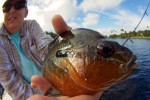
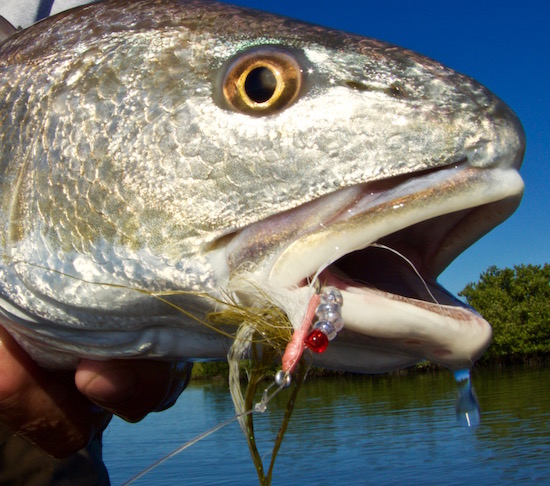
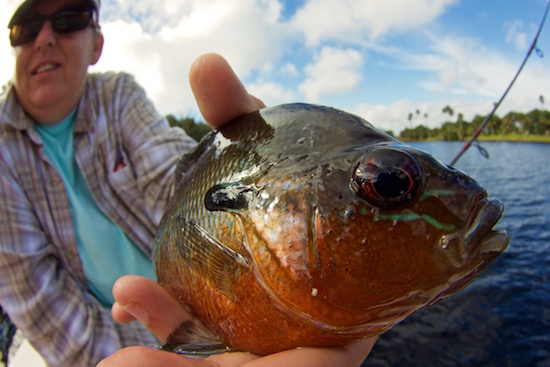

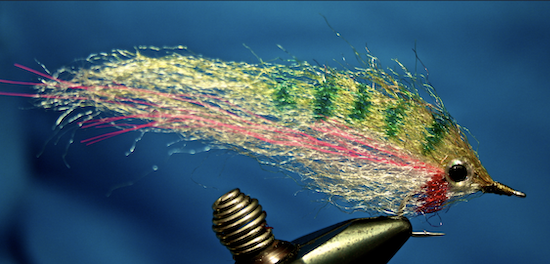
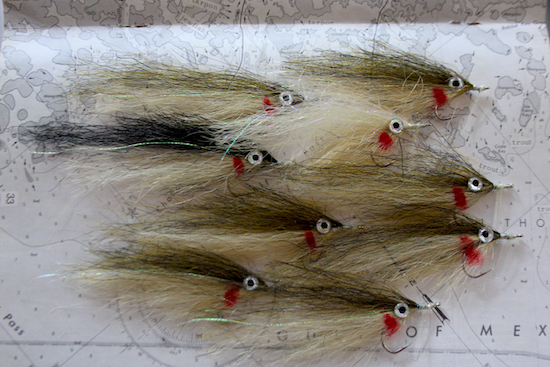
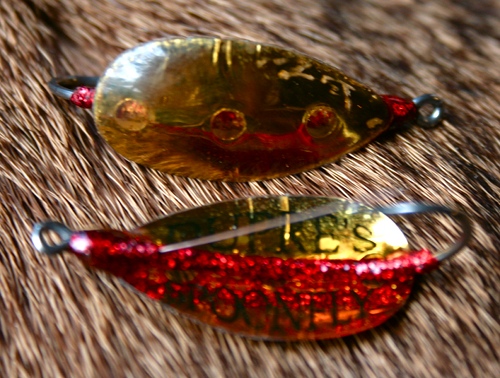
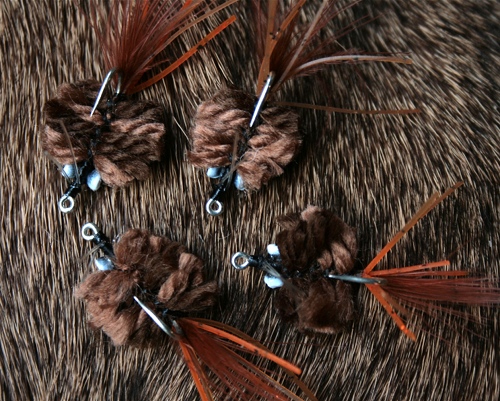
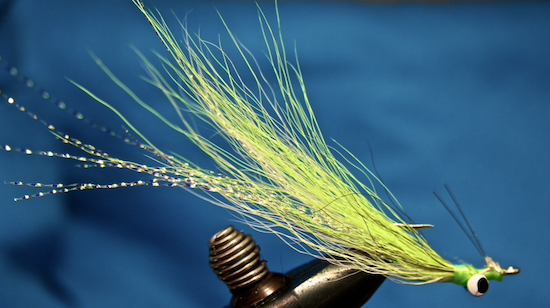
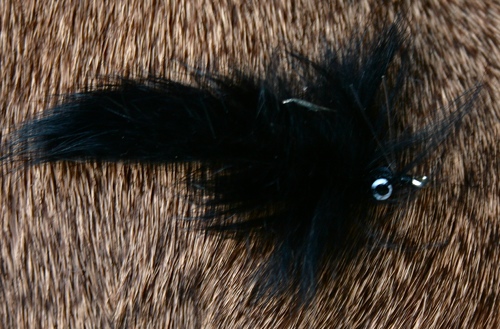

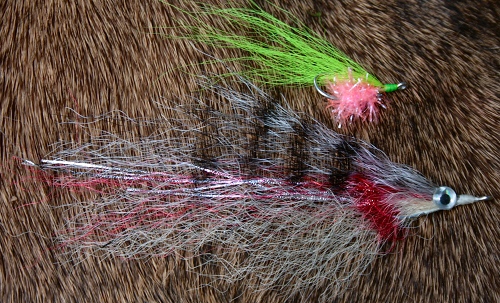
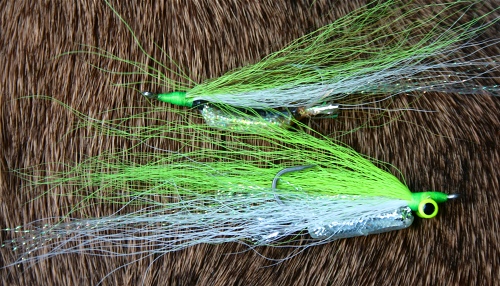
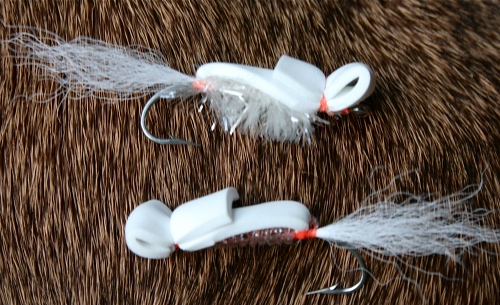
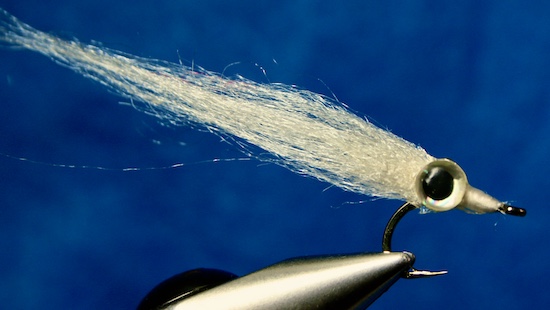
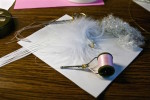
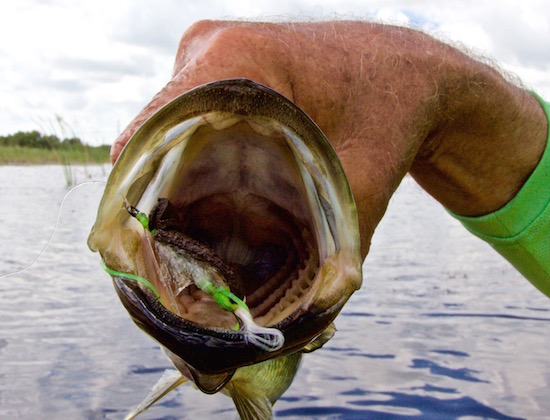


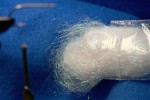
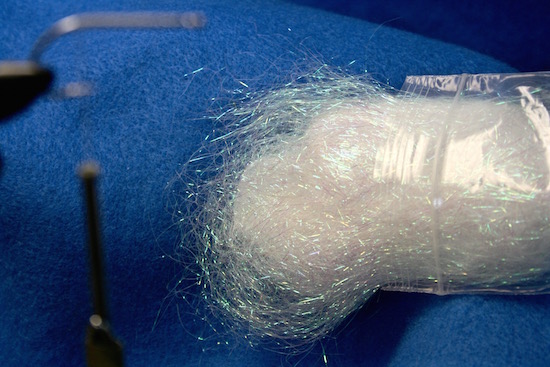
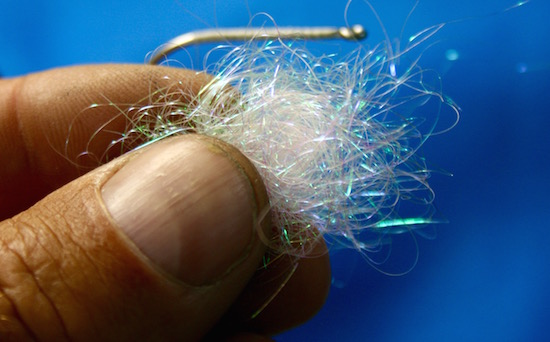
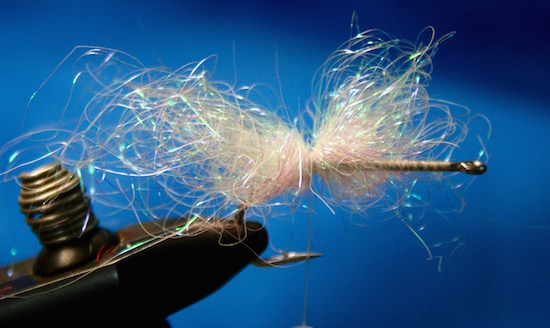




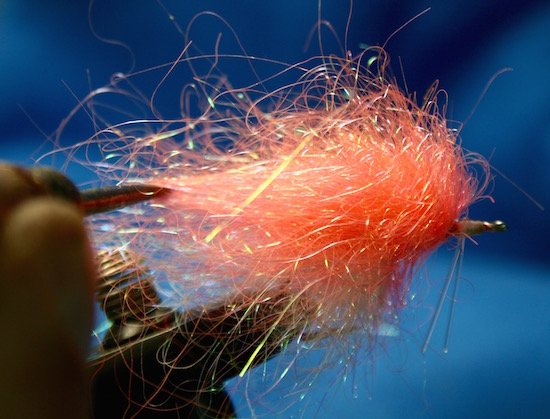



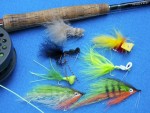
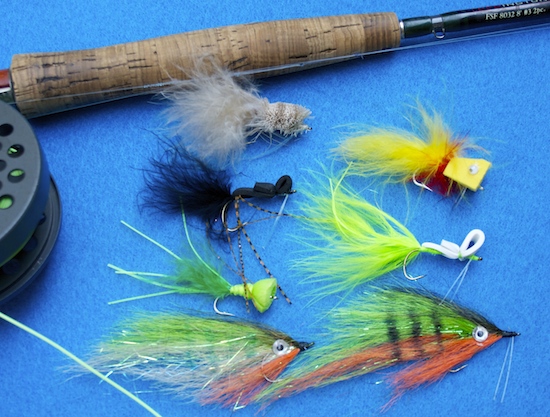
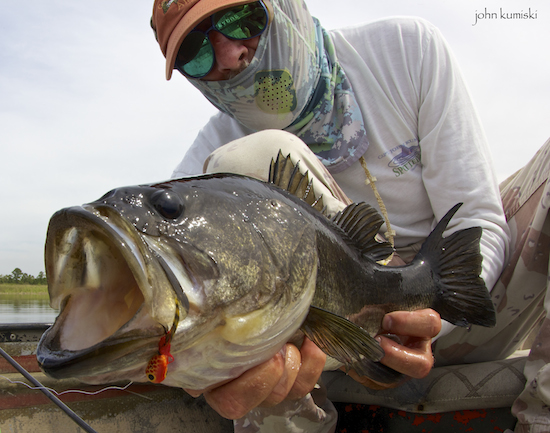
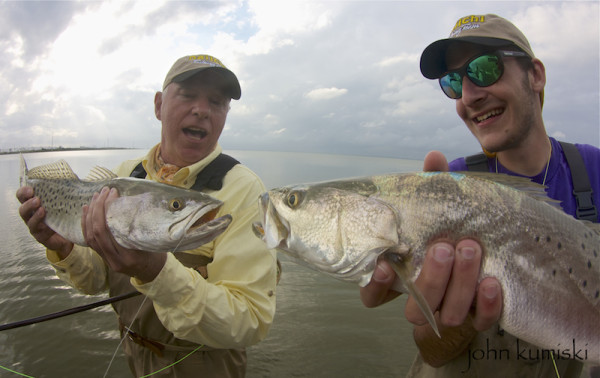

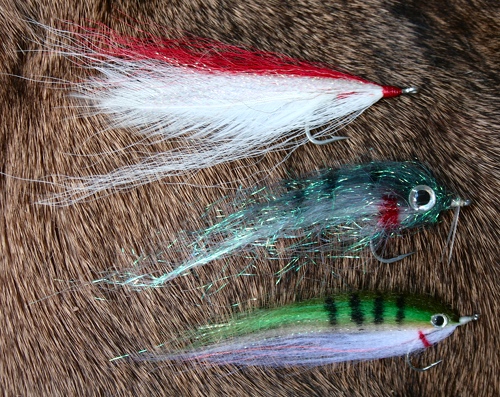
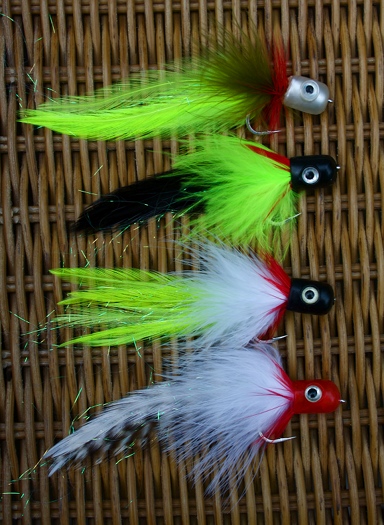
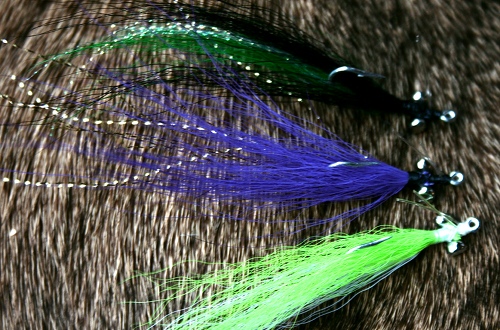
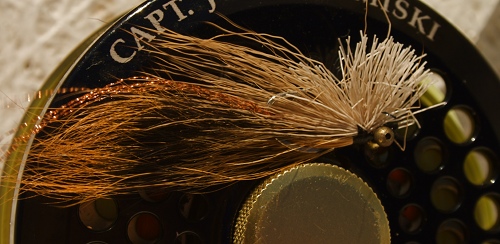
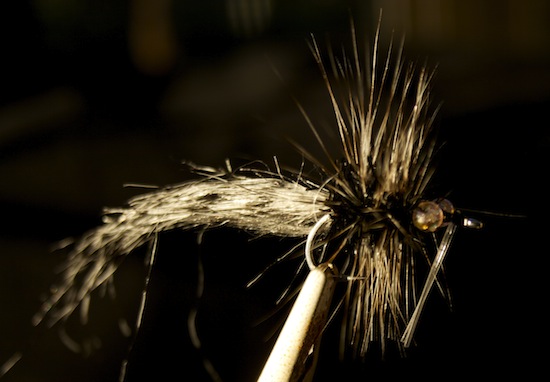
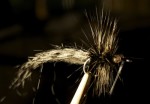
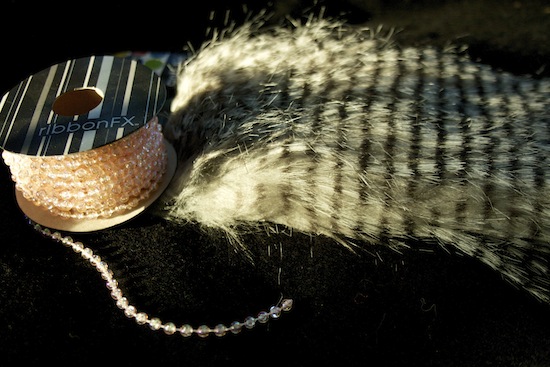
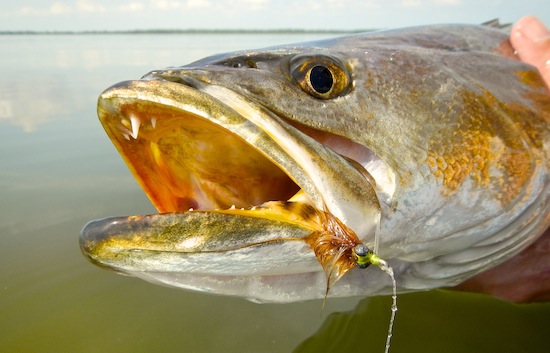
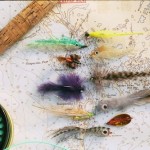
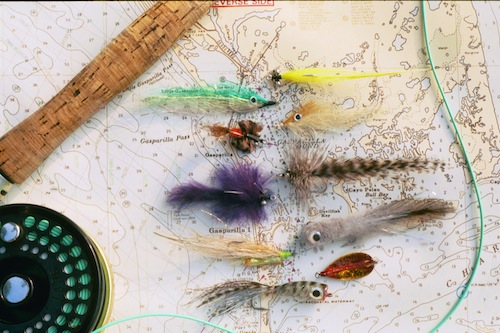
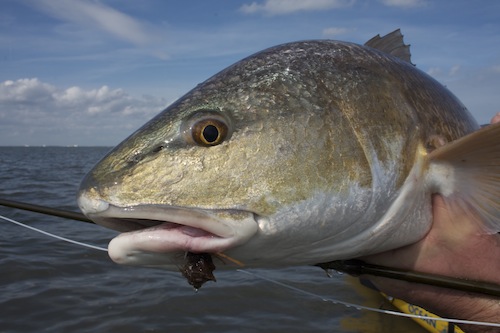
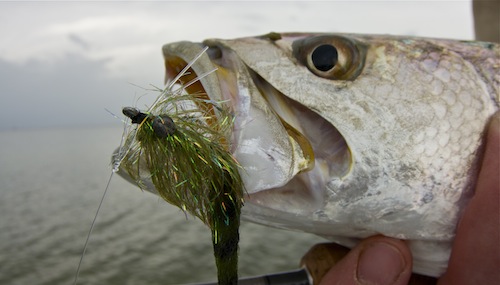
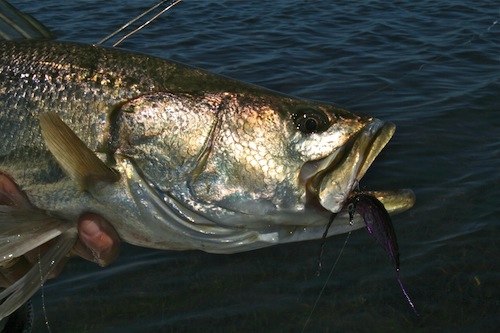
Recent Comments